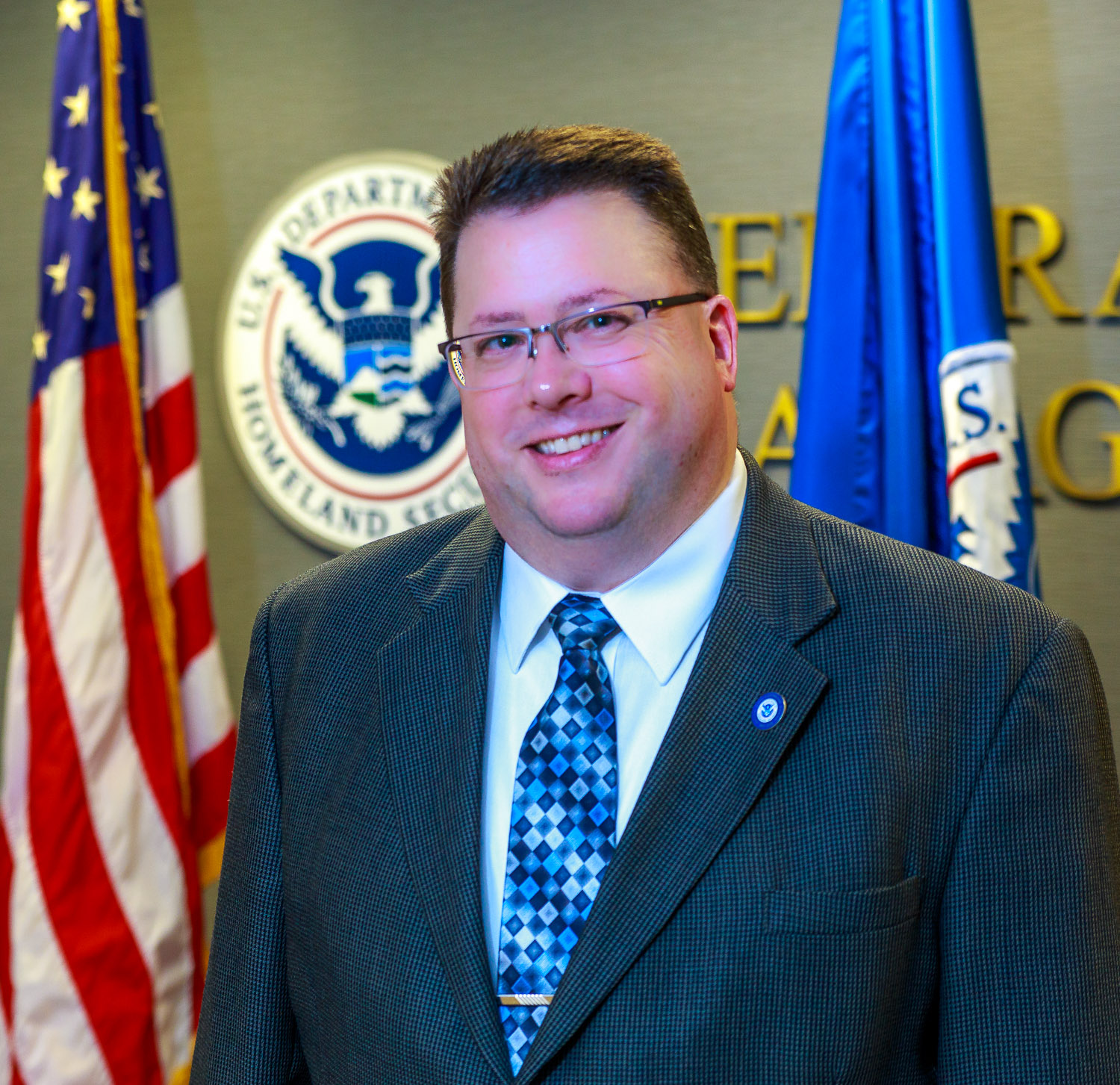
On Sept. 11, Dan Best was participating in a workgroup to develop a Public Assistance training course at FEMA’s Emergency Management Institute in Emmitsburg, Maryland. Classes and workshops were cancelled, and everyone was told to go home. A Recovery Branch Chief in FEMA Region 7 at the time, Dan let his supervisor know he could either return to the region or assist with the agency’s response to the incident.
Later that evening he got a call from the National Emergency Response Team Operations Chief and deployed to New York as the Deputy Infrastructure Branch Director the next day. In this FEMA public assistance program position, Dan worked with the U.S. Army Corps of Engineers and Department of Energy to sort and dispose of debris from the World Trade Center. Dan spent more than a month in New York, mostly at the Joint Field Office, with several visits to the World Trade Center and site on Staten Island where debris was being carefully sorted.
The debris, evidence and personal belongings from the site was critical to the FBI, New York Police department, and to survivors and those who lost a loved one. To ensure all aspects of the mission were conducted with care and compassion, FEMA partnered with the U.S. Army Corps of Engineers to use their debris removal and management expertise. A complex multi-jurisdictional operation, the process continued for eight months as the debris was removed from the World Trade Center.
Dan knew that returning personal items to survivors and the families of those lost was important. He also knew that responders can have conflicting feelings. “On one hand, I’m always proud of the work we do to help disaster survivors,” said Dan. “On the other hand, I recognize the fact that we’re doing this work because somebody suffered terribly. And a lot of people suffered terribly on 9/11.”
To Dan, it’s critical to consider the needs of individuals who are impacted by disaster, no matter its size or cause. “Working with disaster survivors is rewarding, and I enjoy working with them,” said Dan, adding “although I enjoy that every disaster is different and you learn new things, it can be sad because you’re there to help people recover from something that, in a perfect world, would never have happened to them.”
When reflecting on the legacy of 9/11, Dan emphasized the need for stakeholder coordination during incidents. By examining best practices and lessons learned, FEMA developed a well-respected capability to implement and coordinate with multiple partners and agencies to get things done in the field. This capability has been requested several times for novel, non-Stafford Act incidents such as meeting humanitarian needs at the border, responding to earthquakes in other countries, and during the Gulf of Mexico oil spill. Most recently FEMA’s coordination skills were tapped to support partners during the COVID-19 pandemic and subsequent vaccination mission.
Dan noted another outcome of 9/11: individuals and organizations are more able to unite in times of crisis. Lessons learned in the response and recovery to the events of 9/11 created a unity of effort to help neighbors and protect communities from the impacts of disasters and emergencies. Dan looks forward to working with the agency’s partners in the future knowing emergency management professionals and the community of people who want to help during a disaster or emergency have taken these lessons to heart.
As a historian, Dan knew he was participating in a historic event supporting New York City’s search and rescue, recovery and debris removal at the World Trade Center. He witnessed the pain and fear of those searching for loved ones firsthand while in the city. Officials closed Manhattan south of Canal Street to vehicles, placing his route walking to work near the World Trade Center. On many walks to Region 2’s office, survivors were handing out pictures of their missing loved ones, hoping to find any information they could. “It was heartbreaking, not having a good answer for them,” said Dan. Dan still has the first photo he got. “I kept the photo as a reminder of why we’re in this business.”

